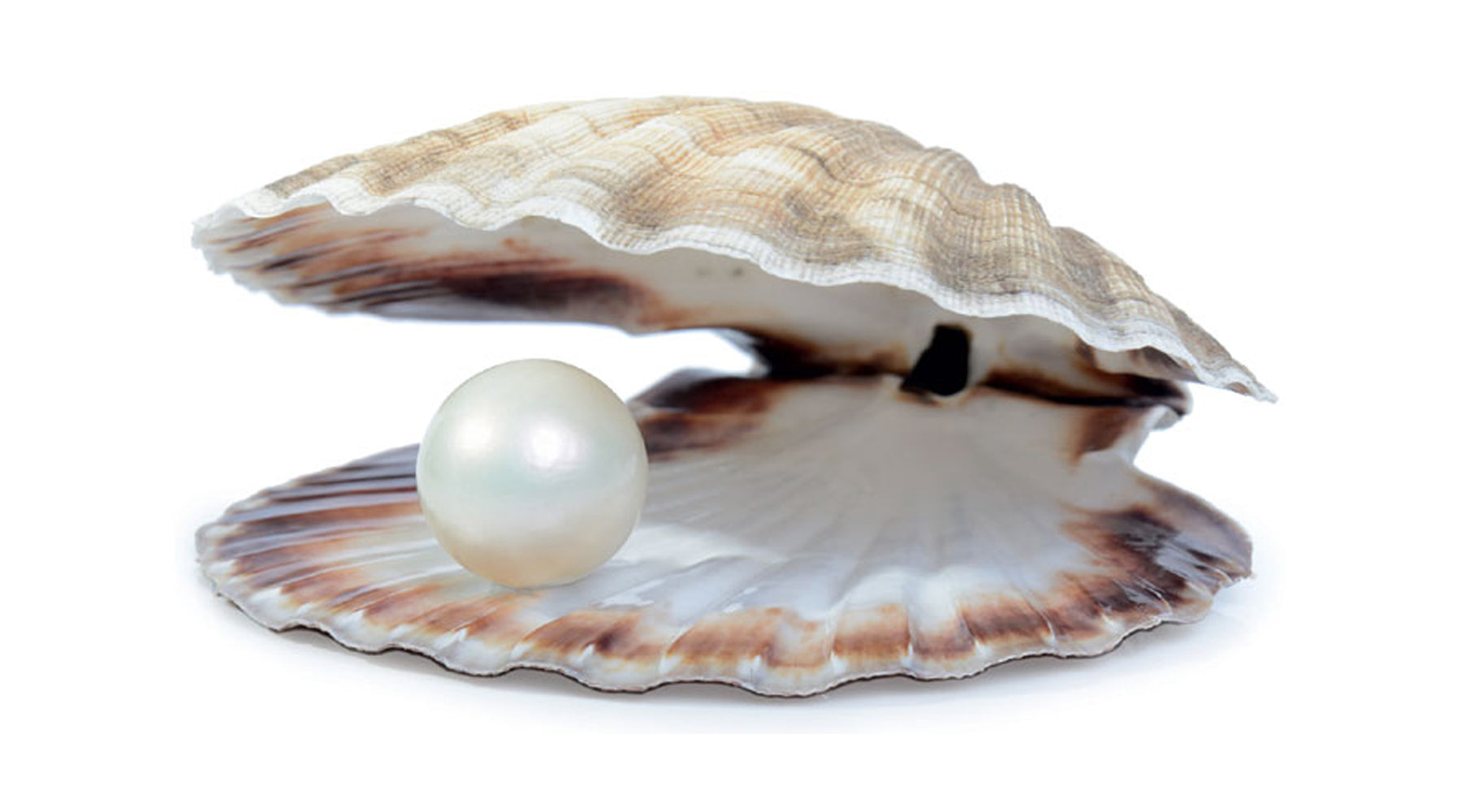We've all heard stories of pretty white pearls found in shells washed ashore. Technically, that's not a lie, but it is a romanticized version of the whole story.
In this article, you will learn about the origin of pearls and answers to the most frequently asked questions, i.e., does every oyster produce a pearl?
Sorry in advance if we're bursting your bubble. We do, however, promise the origin of pearls is nothing short of a marvel!
A Bit About Oysters
Warning: Brace yourself for some scientific terms!
Oysters are bivalve mollusks found in warm waters of oceans worldwide.
Around 200 species of oysters are out there, with plenty of shapes. Some oysters are oval-shaped, while others may be pear-shaped. How cool is that?
Oysters are also quite environmentally friendly and can filter up to 50 gallons of water daily. This helps keep the marine ecosystem healthy and running. They're the unsung heroes of the marine ecosystem!
To learn more about oysters, check out our blog post: 5 Surprising Facts About Oysters.
Now, let's dive into the origin of pearls.
We know you're curious about these precious pearls and how they are brought to the world. It's undoubtedly an exciting process we've explained below.
How Do Oysters Make Pearls?
This might be surprising, but pearls are formed when an irritant finds its way inside an oyster shell and gets trapped there.
Yes, you read that right.
This irritant could be a grain of sand or a food particle. It's shocking to know the stunning pearls we see in lavish jewelry were once a piece of discarded food. Isn't that gross yet beautiful? Nature Rules!
An oyster's structure consists of a "mantle," which plays a crucial role in forming a pearl. Feeling threatened by this foreign particle that's entered the shell, the mantle secretes a substance called nacre, pronounced as nay-ker.
Nacre is a substance that eventually turns the irritant into a shiny pearl we all love and adore. The mantle covers the irritant with layers upon layers of nacre till it hardens to form the "round" pearl.
Fun fact: Not every oyster creates a round pearl! Find out more about it in our article: Different Types of Pearls And Their Shapes.
Nacre is what gives the pearls their luster. The unique crystalline structure of the nacre makes it quite reflective, one feature that determines the value of a pearl. The shinier it is, the more valuable it is on the market.
While very few oysters produce pearls naturally, most need human help. This is the focus of our next section…
Main Types of Pearls
Pearls are divided into two broad categories: natural and cultured pearls.
Wild oysters make pearls themselves, and these pearls are known as naturally occurring pearls or natural pearls. However, they are formed once in a blue moon and, therefore, quite rare.
The majority of pearls we see in jewelry pieces are cultured pearls.
Let's set the record straight: both natural AND cultured pearls are 100% authentic, genuine, or any other word you would like to use to say they are real! The only difference between the two is cultured pearls require human intervention.
Humans help oysters form pearls by adding an irritant, or an artificial nucleus is surgically inserted in the oysters by pearl farmers. Once completed, the oysters are returned to the ocean.
These oysters are closely monitored and later harvested after a certain period.
Since cultured pearls are more common and often used to make jewelry, they're less expensive than "natural" ones.
Pearls are further categorized into saltwater and freshwater pearls. There are 5 main types of pearls, each with unique characteristics and value.
These are Akoya pearls, Freshwater pearls, Tahitian pearls, South Sea pearls, and Sea of Cortez pearls. To learn more about them, check out our blog post: Different Types of Pearls and Their Shapes.
Do All Oysters Produce Pearls?
It's finally time to answer the most anticipated question!
Do all oysters make pearls? What about the oysters we eat? If you order oysters in a restaurant, will you find pearls inside?
Unfortunately, the most likely answer is no.
While any oyster (and clams and mussels) can produce pearls, some species of oysters are more likely to produce pearls. In contrast, others are harvested primarily to be served as food.
Usually, edible oysters come from the Ostreidae family, while pearl-producing oysters come from the Pteriidae family.
We told you in advance there were some scientific terms involved!
So, if you were planning to visit a seafood restaurant hoping to find pearls, you might want to reconsider.
Parting Thoughts
We hope this article cleared your doubts and helped you find the answer you were looking for.
If this blog made you want to go out and buy some pearls, you should check out DezLin!
DezLin is a family and US-veteran-owned business specializing in Product Reveals, including Pearls in a Shell, that make for an excellent gift for yourself and your loved ones.
We are based in Lodi, California, and offer same-day shipping globally. It doesn't get any better than this!



